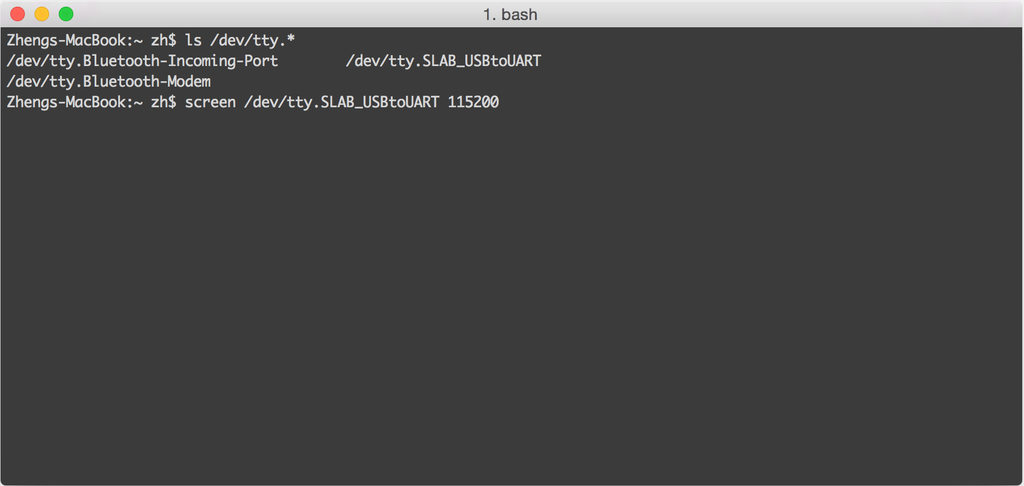Php Serial Port Communication Linux Mint

I have Dell D610 running a ham program called fldigi and flrig. The programs work okay in Mint 10, 11, and 12. In Debian Mint the programs cannot find the serial port ttyS0. Running the dmesg grep ttyS0 I see the following: serial 8250: ttyS0 at I/O 0x3f8 (irq = 4) is a 16550A. Tried to configure the serial. The issue with the permissions for /dev/ttyACM0 can be permanantly solved by adding yourself to the dialout group. You will have to logout and then log back in before the group change is recognized. You can do this with sudo usermod -a -G dialout $USER. Installing Horde Groupware Webmail Edition On Centos 5. Changing permissions on serial port. Linux Mint 17.1. – user1063287 Jan 9 '15 at 12:11. Why does Linux use LF as the newline character?
Contents • • • • • • • • • • • • • • • • • • • • • • • • • • • • The Classic Unix C APIs for Serial Communication [ ] Introduction [ ] Scope [ ] This page is about the classic Unix C APIs for controlling serial devices. Languages other than C might provide appropriate wrappers to these APIs which look similar, or come with their own abstraction (e.g. Nevertheless, these APIs are the lowest level of abstraction one can find for serial I/O in Unix.
And, in fact they are also the highest abstraction in C on standard Unix. Some Unix versions ship additional vendor-specific proprietary high-level APIs.
These APIs are not discussed here. Actual implementations of classic Unix serial APIs do vary in practice, due to the different versions of Unix and its clones, like Linux. Therefore, this module just provides a general outline.
It is highly recommended that you study a particular Unix version's manual (man pages) when programming for a serial device in Unix. The relevant man pages are not too great a read, but they are usually complete in their listing of options and parameters. Together with this overview it should be possible to implement programs doing serial I/O under Unix. Basics [ ] Linux, or any Unix, is a multi-user, multi-tasking operating system. As such, programs usually don't, and are usually not allowed to, access hardware resources like serial UARTs directly.
Instead, the operating system provides • low-level drivers for mapping the device into the file system ( /dev and/or /device/ file system entries), • the standard system calls for opening, reading, writing, and closing the device, and • the standard system call for controlling a device, and/or • high-level C libraries for controlling the device. The low-level driver not only maps the device into the file system with the help of the kernel, it also encapsulates the particular hardware.
The user often does not even know or care what type of UART is in use. Classic Unix systems often provide two different device nodes (or minor numbers) for serial I/O hardware. These provide access to the same physical device via two different names in the /dev hierarchy. Which node is used affects how certain serial control signals, such as DCD (data carrier detect), are handled when the device is opened. In some cases this can be changed programmatically, making the difference largely irrelevant.
Comments are closed.